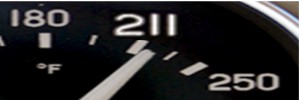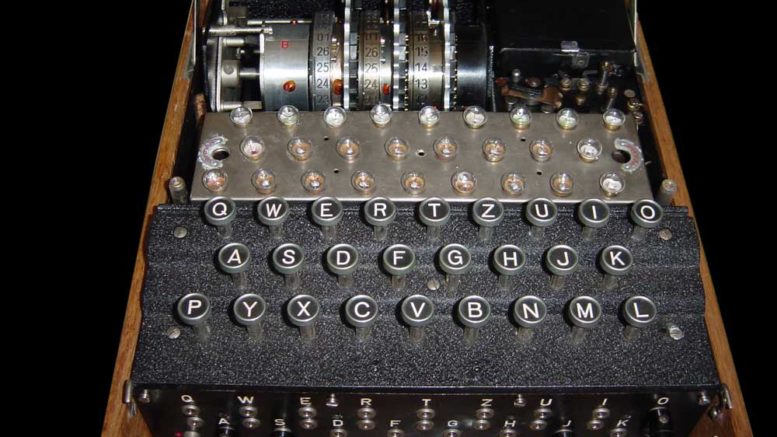I must admit that the puzzle I set this time around was an absolute blinder. Nobody cracked this code at all and bearing in mind that it was a three source book-code cryptogram I’m not at all surprised.
Here’s the original ciphertext followed by the translation and an explanation of how the cryptogram was worked out.
First the original encrypted text
1285234 253513 34422 1364144
253411 2372222 385128 3118115 137815
125529 1375216 368122 37126 249925
2314226 398221
313211 356127 255815 36415 1282113
1375216 329127 3851258 232523
238712 2401215
136412 1362237 310616 36527
331213 2561216 2435113
249925 2314226 382223 1254253
330115 36421 244611 250922 2554214
253513 2354217 249925 1287128 1293143
339224
325231 1287128 2436116 241113 2373117
384213 32813 125124
3105216 3118215 3118122 2298213
1363110 255916 1320134 365114
325231 240510 311818 2432214 1257239
3133112 326121 1354234
1362237 2388212 2561216 2551212 2551112
3102211 235129 1297147 126625
Now we have the plain text message that was encrypted to read as above
We few, we happy few, we band of brothers. For he today that sheds his blood with me shall be my brother; be never so vile. This day shall gentle his condition. And gentlemen in England now abed shall think themselves accursed they were not here, and hold their manhoods cheap whiles any speaks that fought with us upon Saint Crispin’s day.
From Shakespeare’s Henry V
Now we have the method by which the above text was encrypted
To avoid too any repetitions, which can give major clues as to the message structure and content, three source code books were used. I used English/Latin, English/German and English/French dictionaries but I only used the ‘English’ sections of these dictionaries. The use of dictionaries ensures that nearly every word you could possibly want is included in the source code book They were: Cassell’s Compact Latin/English Dictionary originally published in 1963 (Source 1), Larrousse’s French/English dictionary published 1971 (source 2) and Cassell’s compact German/English dictionary published 1970 (source 3) The ‘source number’ is given in brackets after each title.
The cryptogram is structured as follows
Take the first crypto word, 1/285/2/34 broken down into discreet sections as an example. The first figure is the number given to the source books in this case source ‘1’. The second figure to the right of that number, the number ‘285’, refers to which dictionary page is being used. The third figure ‘2’ refers to the column on page in source book ‘1’. The fourth figure ’34’ is the number of words from the top of the column, in this case the word ‘we’.
It was a very interesting puzzle to put together and one that people have found fiendishly difficult to solve. This sort of encryption is time consuming and labour intensive but it is pretty secure provided that the source code books are not disclosed. It isn’t I have to say as secure as a ‘one time pad’ system, but this particular book-code system shows that a considerable degree of message obscuration can be achieved with the right choice of source code books, with the more obscure the books chosen, the better the security.


